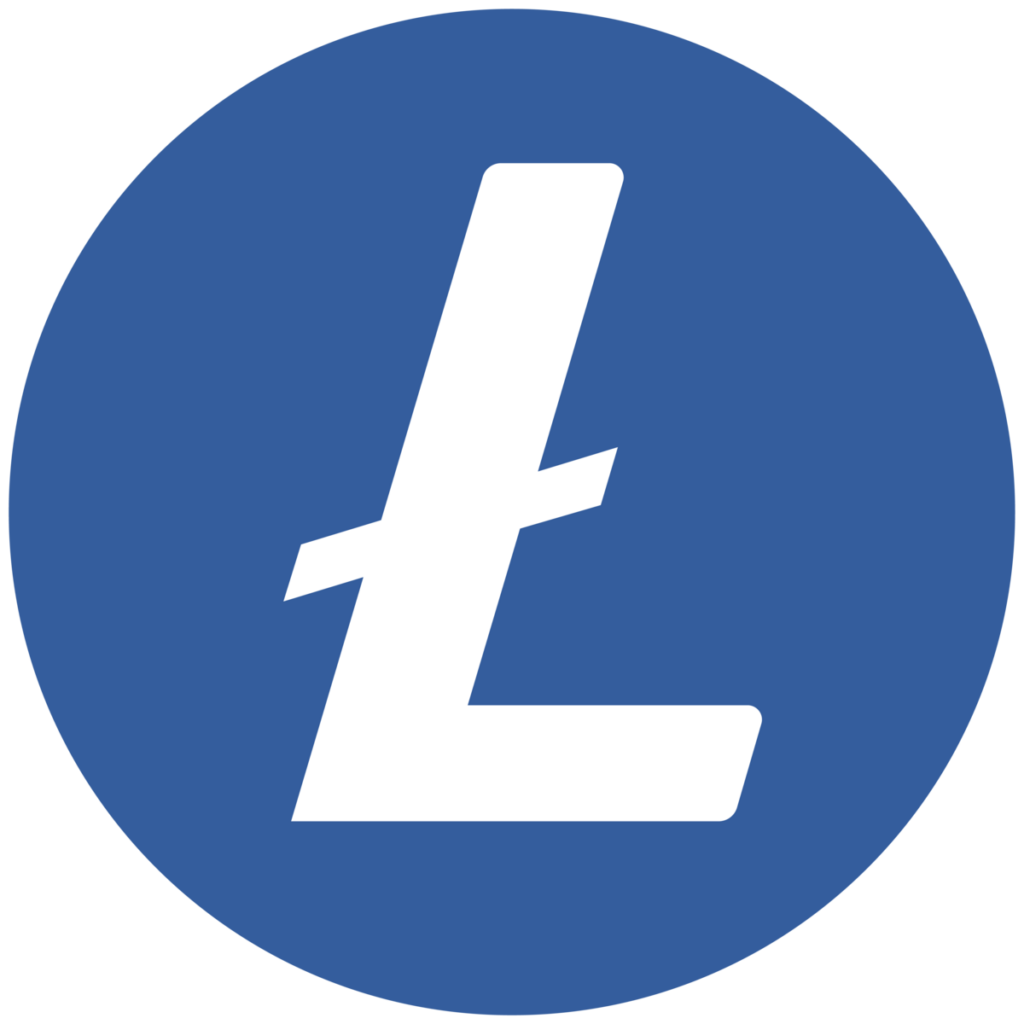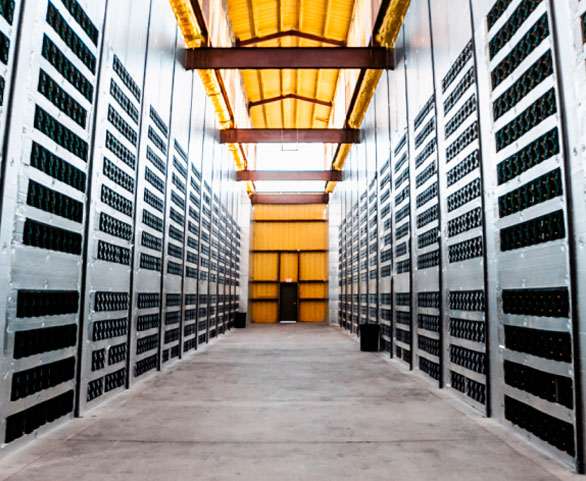Deep experience with industrial scale digital asset mining since 2017
We understand mining technology because we have deployed, energized and maintained more than 600,000 miners, gaining invaluable experience and knowledge along the way. We have worked with most major hardware vendors
And we have experience mining a number of digital assets beyond Bitcoin
bitcoin
ETHEREUM
NERVOS
MONERO
Z-CASH

SIA

LITECOIN
What is Bitcoin Mining?
ASIC-Powered Bitcoin Validation
Specialized computers, or “miners,” employing Application Specific Integrated Circuits (“ASICs”) power and secure the bitcoin blockchain by solving complex cryptographic algorithms to validate transactions on the Bitcoin Network.

Blockchain Mining Mechanics
In order to add blocks to the blockchain, a miner must map an input data set consisting of the existing blockchain, plus a block of the most recent bitcoin transactions and an arbitrary number called a “nonce,” to an output data set of a predetermined length using the SHA256 cryptographic hash algorithm.
Solving these algorithms is also known as “solving or completing a block.” Solving a block results in a reward of bitcoin, in a process known as “mining.” These bitcoin rewards can be sold profitably when the sale price of the digital asset exceeds the cost of “mining,” which generally consists of the cost of mining hardware, the cost of the electrical power to operate the machine, and other
facility and overhead costs associated with housing, operating and supporting the equipment.
Mining Pools and Hash Rate Dynamics
Hashing Power in Bitcoin Mining
Mining processing power is generally referred to as “hashing power.” A “hash” is the computation run by mining hardware in support of the bitcoin blockchain. A miner’s “hash rate” refers to the rate at which it is capable of solving such computations per second.

Mining Pools and Efficiency
Miners with higher rated hash rate when operating at maximum efficiency have a higher chance of completing a block in the blockchain and receiving a bitcoin reward than those operating at a lower hash rate or with lower efficiency.
Currently, the likelihood that an individual mining participant acting alone will solve a block and be awarded a bitcoin is extremely low. As a result, to maximize the opportunities to receive a reward, most large-scale mining organizations have joined with other similar operators in “mining pools” where the computing power of each pool participant is coordinated to complete the block on the bitcoin blockchain and mining rewards are distributed to participants in accordance with the rules of the mining pool.
Mining Pool Fees
and Risks
Fees payable to the operator of the pool vary, but typically represent as much as 0.01% to 2% of the bitcoin reward earned and are deducted from the amounts earned by each pool participant. Mining pools are subject to various risks, including communication connection issues, outages and other disruptions that can impact the quantity of digital assets earned by participants.
Mathematically Controlled Supply
Controlled Growth and Supply
Bitcoin Creation
The method for creating new bitcoin is mathematically controlled such that the supply of bitcoin grows at a limited rate, based on a pre-determined schedule.
Bitcoin Halving Schedule
The number of bitcoin awarded for solving a new block is automatically halved every 210,000 blocks. This means every block up to and including block 210,000 produced a reward of 50 bitcoin, while blocks beginning with 210,001 produced a reward of 25 bitcoin.
Since blocks are mined on average every 10 minutes, 144 blocks are mined per day, on average. At 144 blocks per day, 210,000 blocks take four years to mine, on average. The current fixed reward for solving a new block is 6.25 bitcoin per block and is expected to decrease by half to become 3.125 bitcoin per block in April 2024. This deliberately controlled rate of bitcoin creation means that the number of bitcoin in existence will never exceed 21 million and that bitcoin cannot be devalued through excessive production unless the bitcoin network’s source code (and the underlying protocol for bitcoin issuance) is altered.


